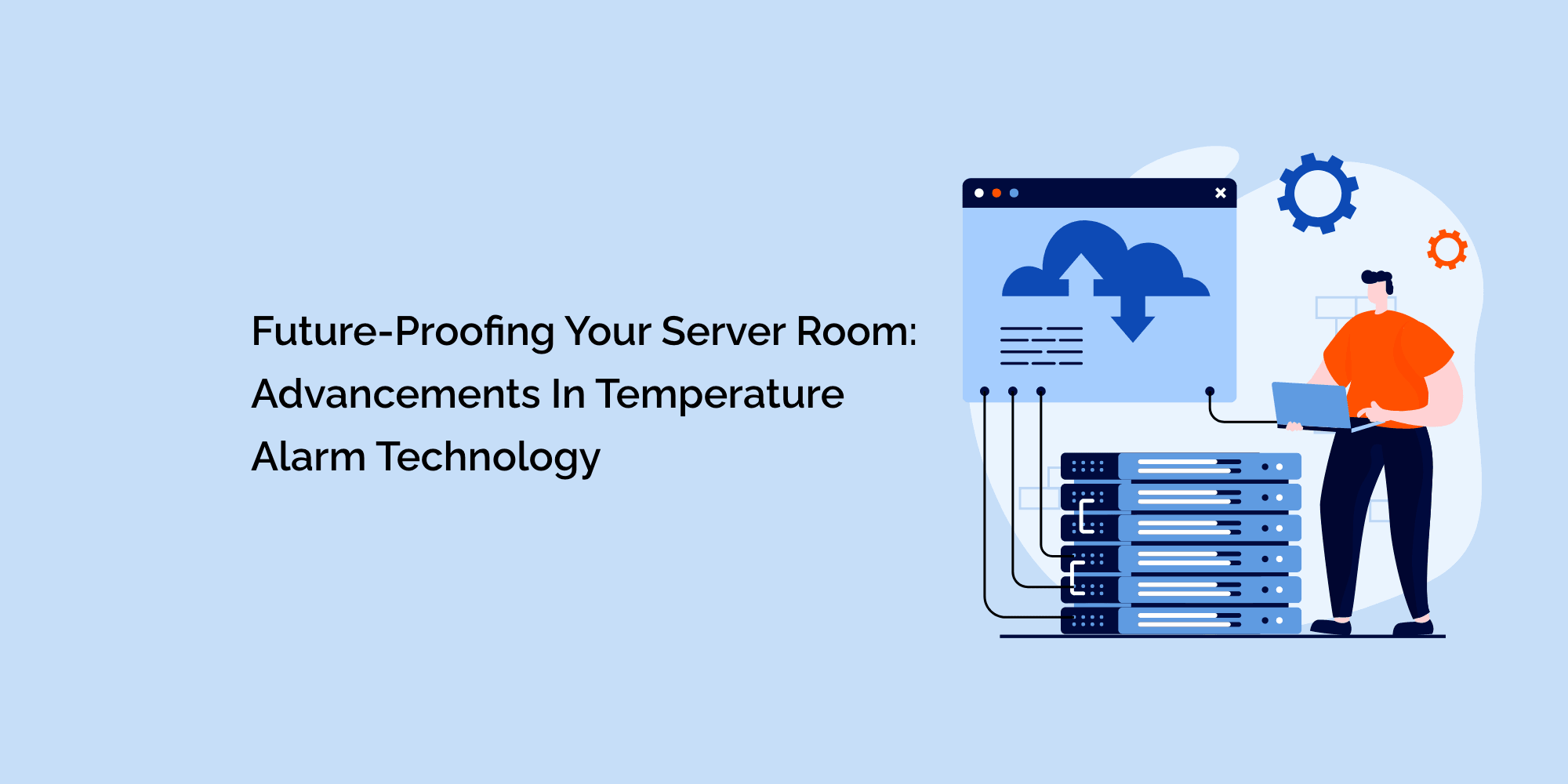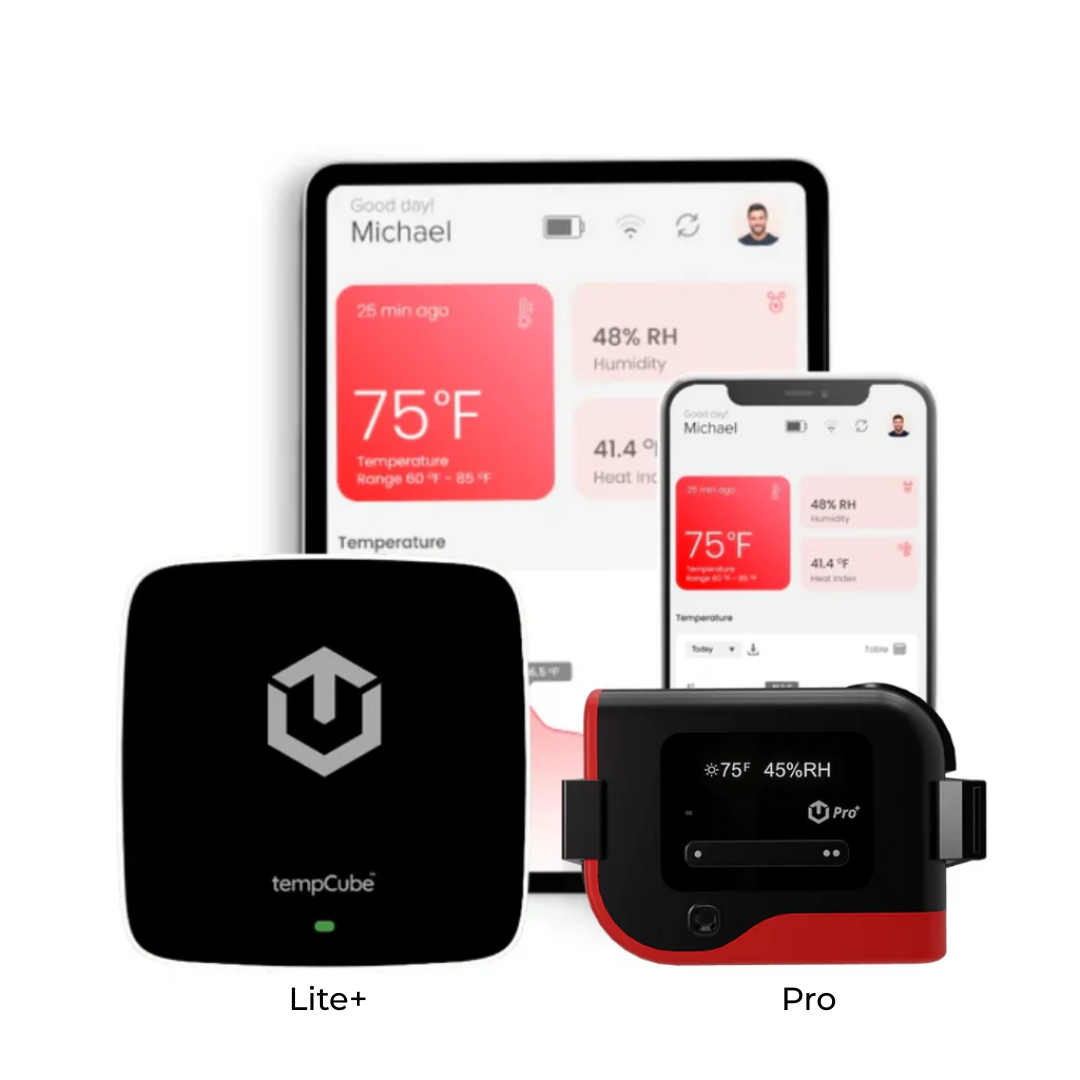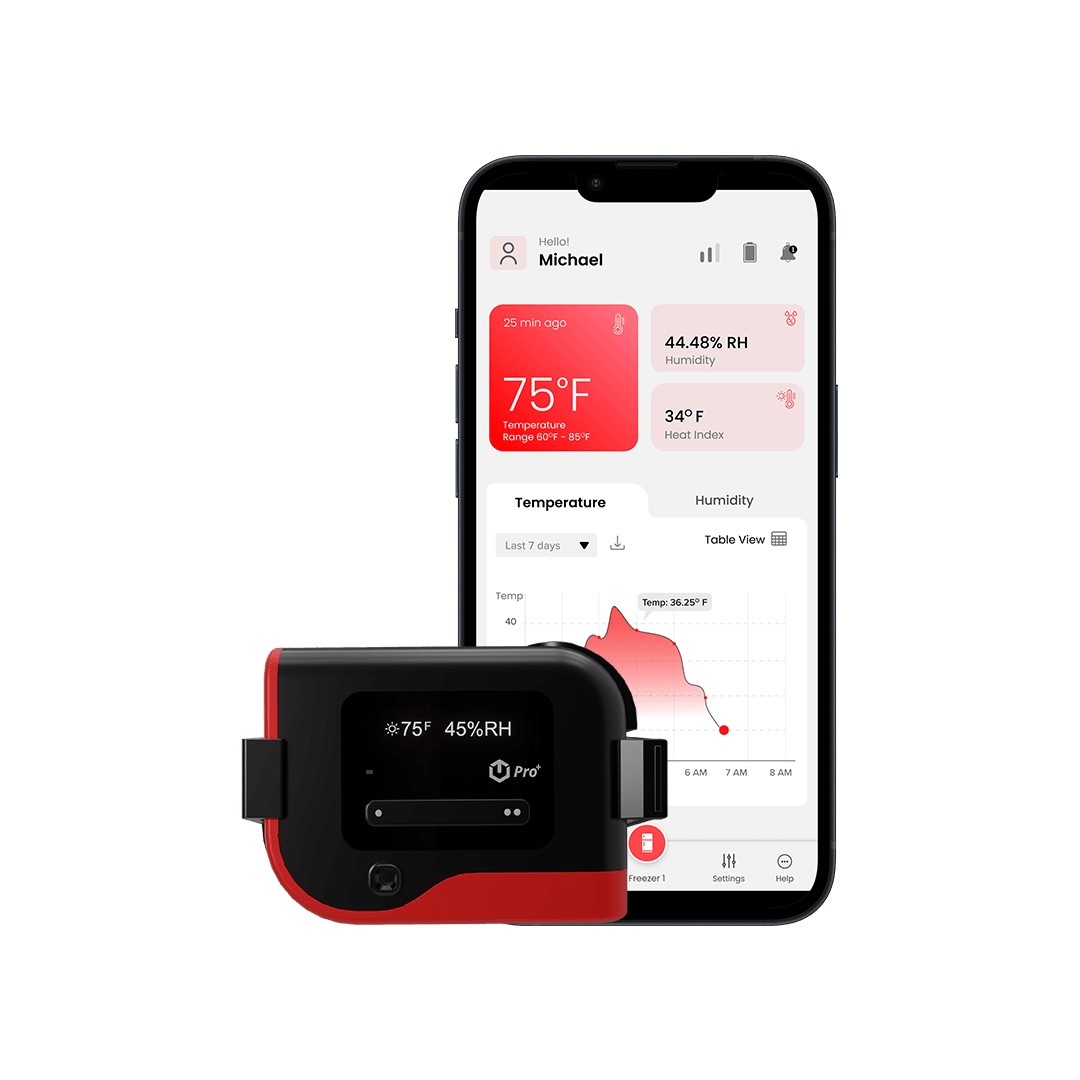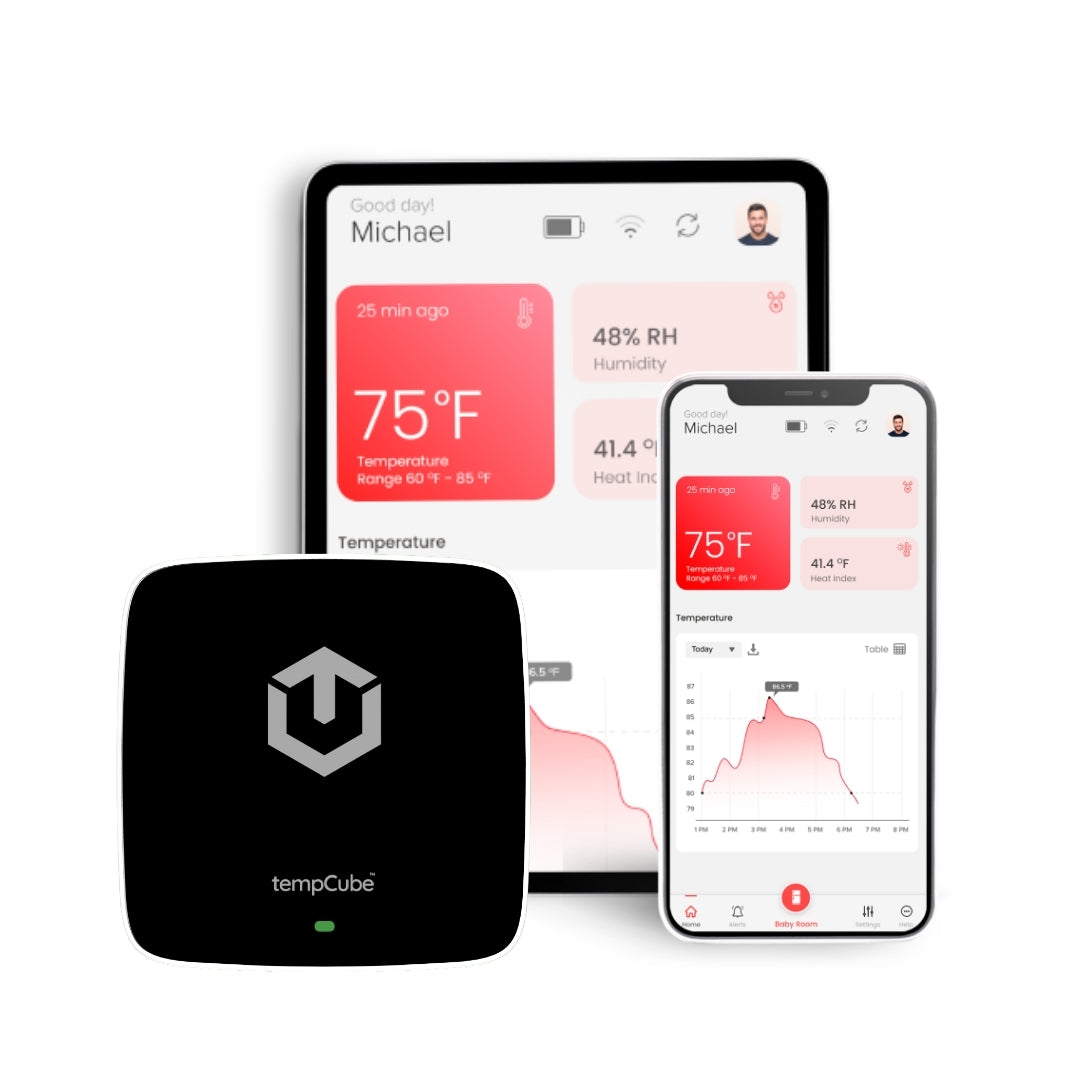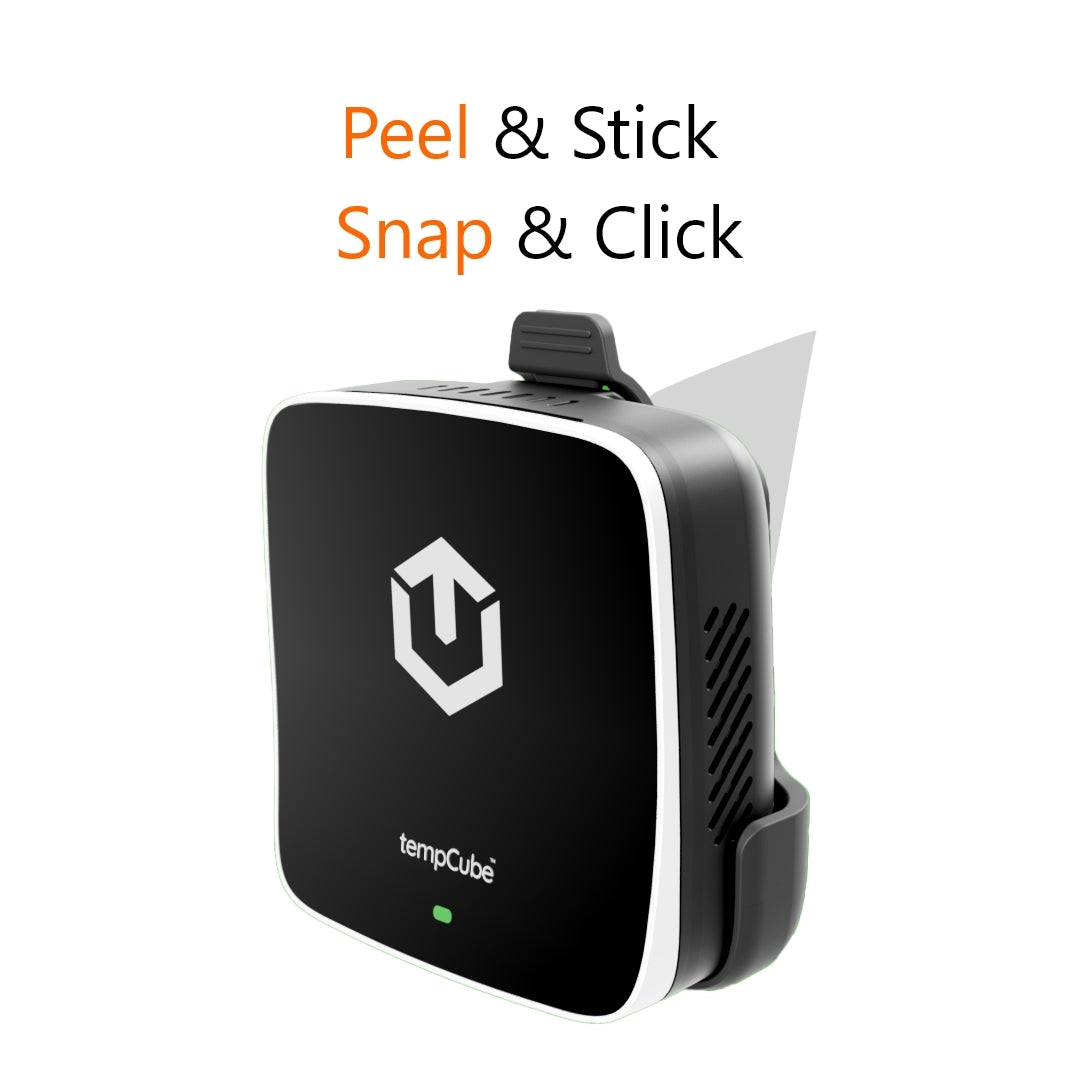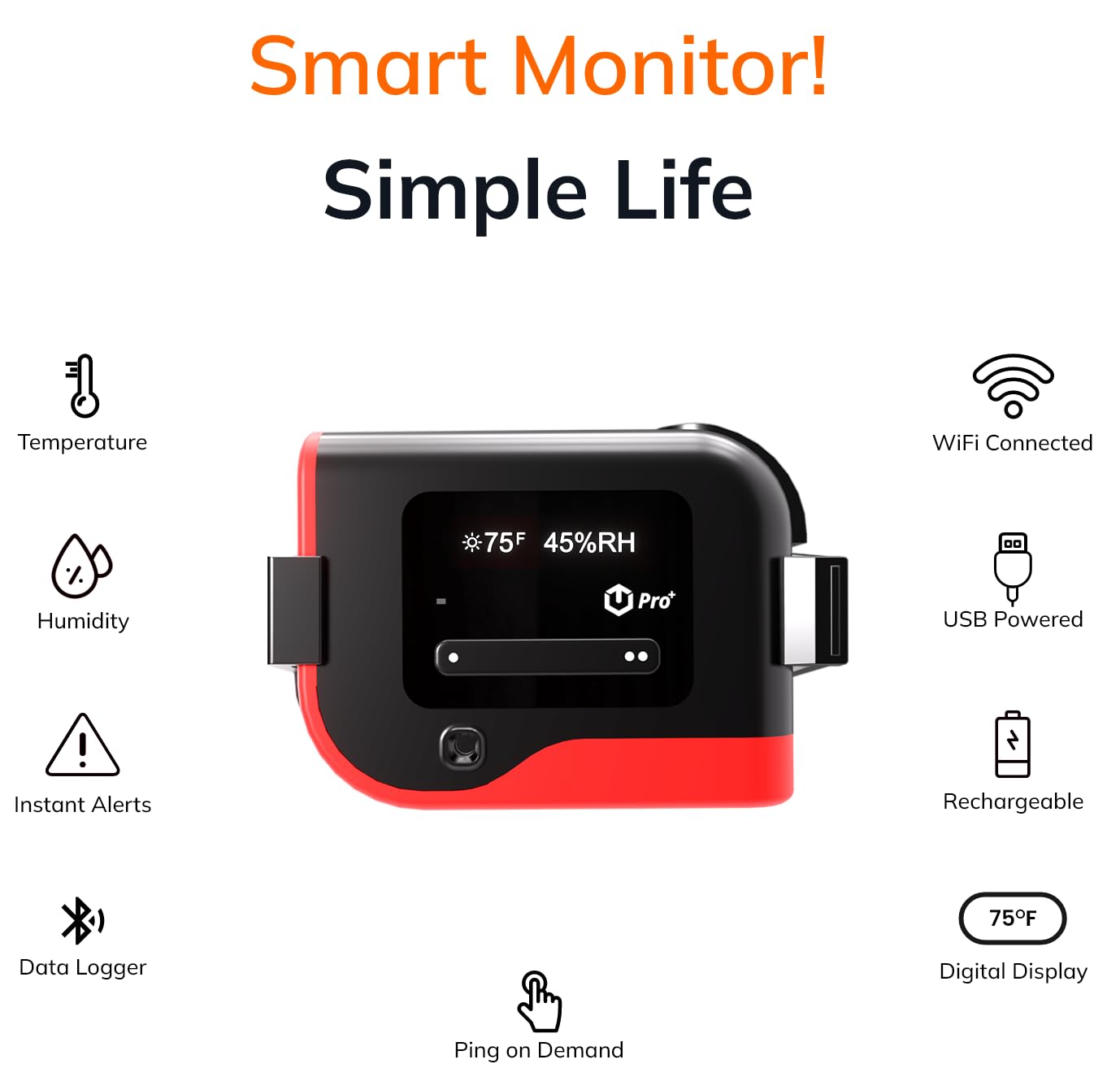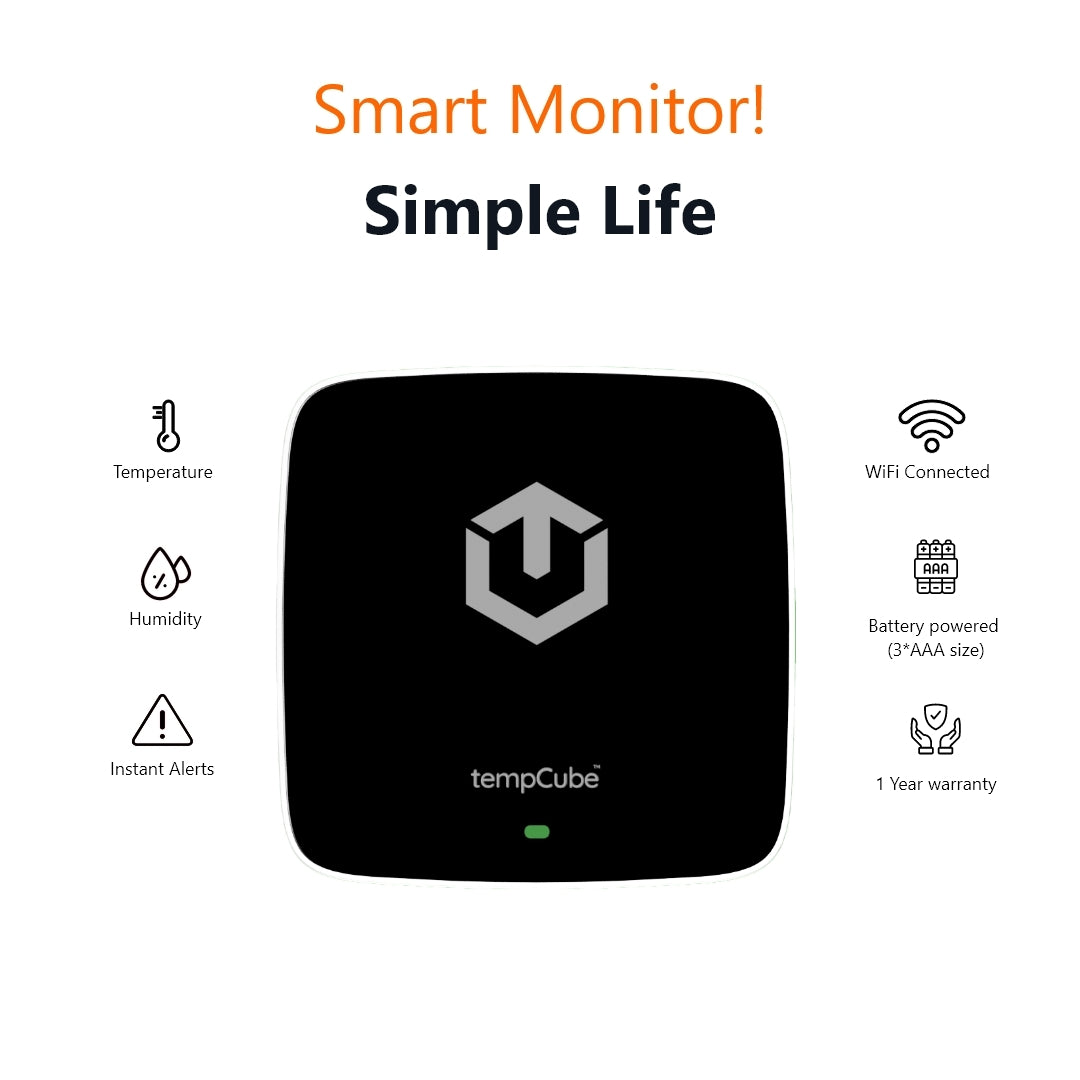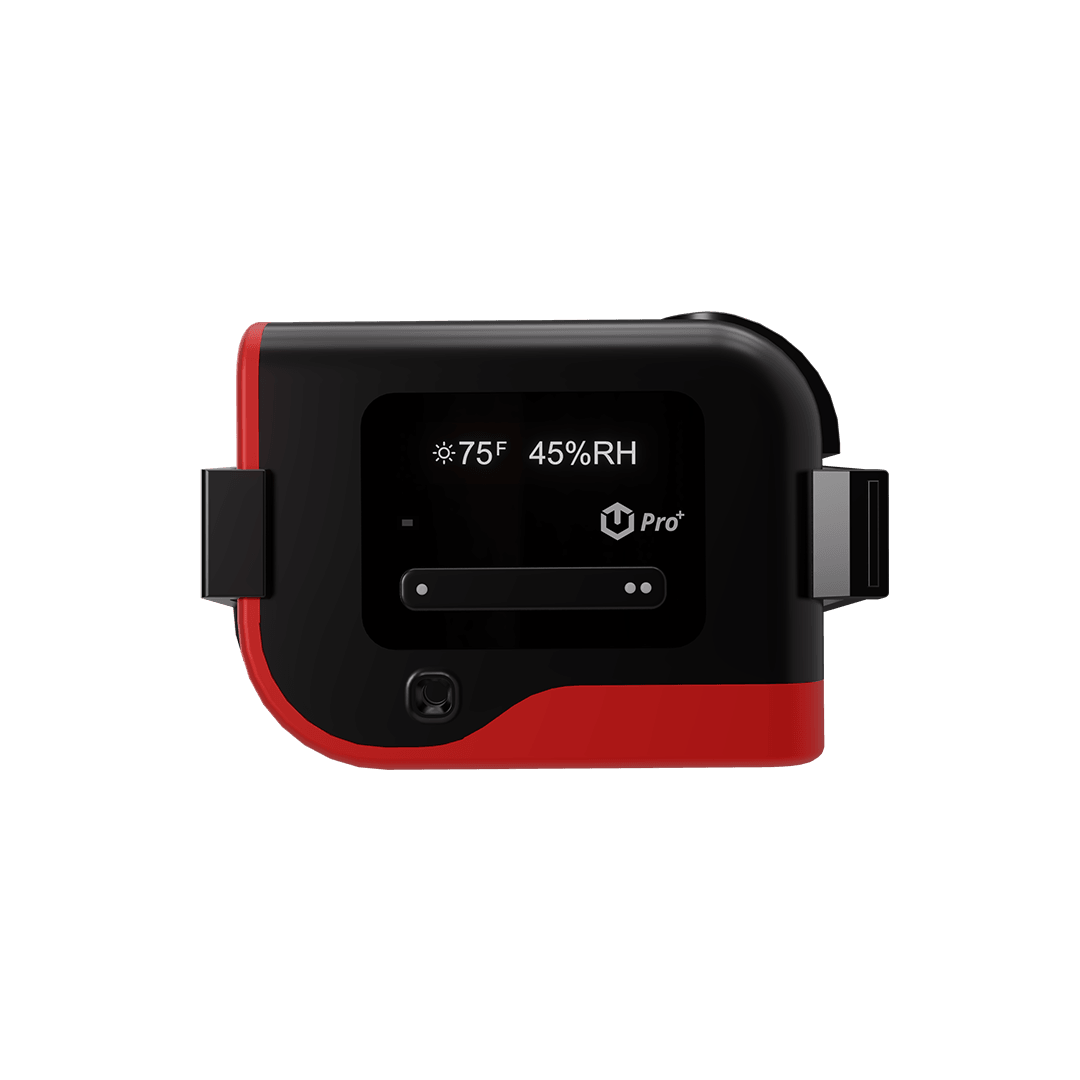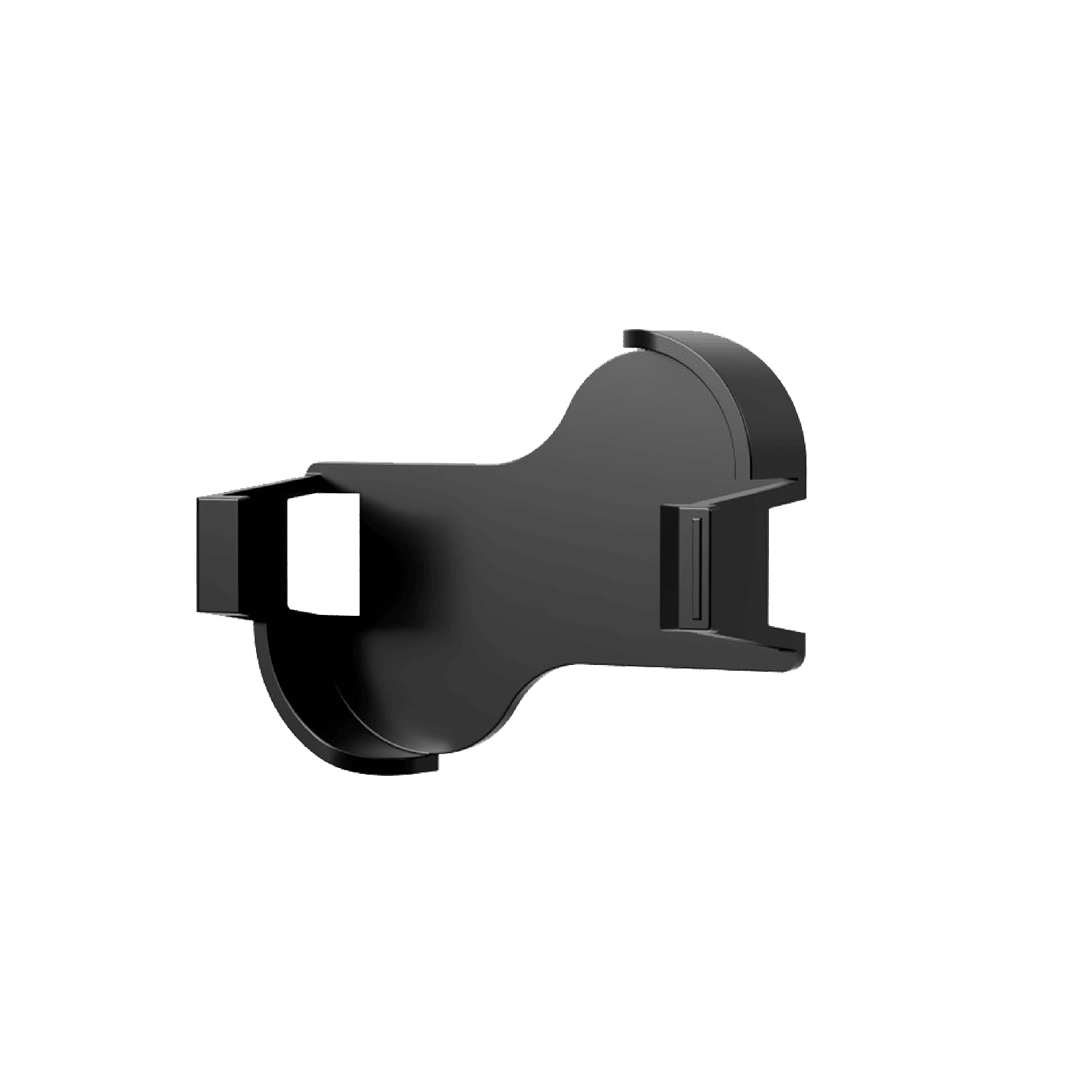The server room is the beating heart of any organization's IT infrastructure, housing critical servers, networking equipment, and storage systems. As technology evolves and data demands continue to grow, it is essential to future-proof your server room to ensure its reliability, performance, and longevity. One crucial aspect of server room management is temperature control, as overheating can lead to equipment failures, downtime, and data loss.
In this blog, we will explore the advancements in temperature alarm technology and how they can help future-proof your server room, ensuring optimal temperature management and safeguarding your valuable data.
The Importance of Temperature Control in Server Rooms
Server rooms generate significant amounts of heat due to the constant operation of servers and other equipment. Maintaining an optimal temperature range within the server room is crucial for the reliable functioning of IT infrastructure. Overheating can cause system malfunctions, reduce equipment lifespan, and increase the risk of data corruption. Therefore, it is essential to monitor temperature levels closely and take proactive measures to prevent temperature-related issues.
Advancements in Temperature Alarm Technology
Temperature alarm technology has seen significant advancements in recent years, offering more sophisticated and reliable solutions for server room temperature monitoring. Let's explore some of the key advancements that can contribute to future-proofing your server room:
- High-Precision Sensors
Modern temperature alarm systems are equipped with high-precision sensors that provide accurate and real-time temperature measurements. These sensors are capable of detecting even the slightest temperature fluctuations, allowing for precise monitoring and timely alerts.
- Remote Monitoring and Alerting
Traditionally, temperature alarms were standalone devices that provided local alerts. However, with advancements in technology, temperature alarms now offer remote monitoring and alerting capabilities. This means that you can receive temperature alerts through various channels, such as email, SMS, or mobile applications, regardless of your physical location. Remote monitoring allows for immediate response to temperature deviations, even when you're away from the server room, ensuring the safety and reliability of your IT infrastructure.
- Cloud Integration
Cloud integration is another significant advancement in temperature alarm technology. Some temperature alarm systems now offer cloud-based monitoring platforms that provide centralized control and visibility over multiple server rooms or locations. With cloud integration, you can access temperature data, receive alerts, and analyze historical trends from a single, convenient interface. This scalability and flexibility make it easier to manage and future-proof server rooms in a rapidly evolving IT landscape.
- Data Logging and Analytics
Advanced temperature alarm systems often feature data logging capabilities, allowing you to track temperature trends over time. This data can be valuable for identifying patterns, conducting trend analysis, and making informed decisions regarding temperature management. By leveraging analytics tools provided by temperature alarm systems, you can gain insights into temperature patterns, optimize cooling strategies, and plan future expansion or upgrades effectively.
- Integration with Building Management Systems
Temperature alarms can now integrate with building management systems (BMS), enabling seamless coordination with other facility management components. This integration allows for more comprehensive monitoring and control of environmental conditions within the server room, including HVAC systems, airflow management, and energy optimization. By integrating temperature alarms with BMS, you can achieve better synchronization between temperature control and overall facility management, leading to enhanced efficiency and cost savings.
Benefits of Advanced Temperature Alarm Technology
By embracing the advancements in temperature alarm technology, you can future-proof your server room and reap several benefits:
- Proactive Temperature Management
Advanced temperature alarms provide real-time alerts, enabling you to take immediate action when temperature deviations occur. Proactive temperature management helps prevent equipment failures, minimize downtime, and protect your valuable data.
- Enhanced Reliability and Performance
By closely monitoring temperature levels, you can ensure that your server room operates within the optimal temperature range, safeguarding the reliability and performance of your IT infrastructure. This translates to improved system performance, reduced risk of hardware failures, and increased uptime.
- Remote Accessibility and Control
With remote monitoring and alerting capabilities, you can stay connected to your server room temperature status from anywhere, at any time. This level of accessibility allows for prompt response to temperature alarms, even if you are off-site. Remote control features also enable you to adjust temperature settings, initiate cooling measures, or troubleshoot temperature-related issues remotely, ensuring efficient temperature management without the need for physical presence.
- Scalability and Centralized Management
Cloud integration and centralized monitoring platforms empower you to manage multiple server rooms or locations from a single interface. This scalability is particularly beneficial for organizations with distributed IT infrastructure. Centralized management streamlines temperature monitoring, alerting, and data analysis, providing a comprehensive view of all server rooms and facilitating informed decision-making regarding temperature control.
- Cost Savings and Energy Efficiency
By leveraging advanced temperature alarm technology, you can optimize cooling strategies and reduce energy consumption. Accurate monitoring, trend analysis, and integration with building management systems enable efficient cooling system operation, eliminating unnecessary energy waste and lowering utility costs. Improved energy efficiency not only contributes to cost savings but also aligns with environmental sustainability goals.
Conclusion
As technology advances and data demands continue to grow, future-proofing your server room is paramount for maintaining the reliability, performance, and longevity of your IT infrastructure. Temperature control plays a critical role in achieving this goal. By embracing advancements in temperature alarm technology, such as high-precision sensors, remote monitoring and alerting, cloud integration, data logging and analytics, and integration with building management systems, you can enhance temperature management, ensure proactive monitoring, and optimize energy efficiency.
Investing in advanced temperature alarm systems not only safeguards your IT infrastructure but also provides peace of mind. With real-time alerts, remote accessibility, and centralized management, you can effectively monitor and control temperature levels in your server room, mitigating the risk of equipment failures, minimizing downtime, and protecting your valuable data.
As you strive to future-proof your server room, consider the benefits of advanced temperature alarm technology and select a solution that aligns with your organization's needs. By staying ahead of temperature-related issues, you can optimize the performance, reliability, and energy efficiency of your server room, enabling your IT infrastructure to adapt and thrive in a rapidly evolving digital landscape.
